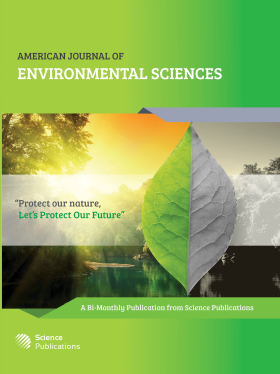Phytoplankton Diversity as Indicator of Water Quality for Fish Cultivation
Abstract
Waste water fed fisheries are a common feature in different parts of the world. Yet not all work as efficiently as those operating at East Calcutta Wetland for more than 70 years now. The objective of this study is to unravel the reason for the markedly greater efficiency of the Bheris in fish production compared to other water bodies like rain water ponds or sewage fed fish ponds elsewhere. The study indicates that plankton growth could be an important factor responsible for greater fish production in the Bheris. The architecture of the Bheri itself acts as a facilitator in the process. It is proposed that planktons can act as biomarker for water quality assessment in fish production.
DOI: https://doi.org/10.3844/ajessp.2008.406.411

- 5,725 Views
- 5,876 Downloads
- 48 Citations
Download
Keywords
- Plankton
- bheri
- khamar
- dighi
- east calcutta wetland
